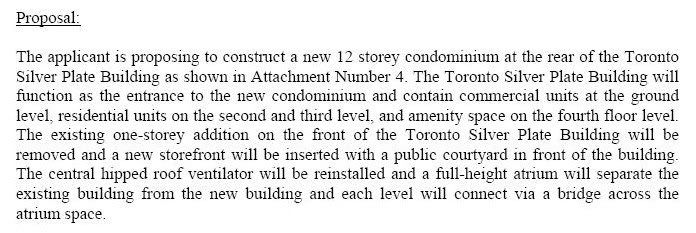I think that's a good idea. Environmental conditions should be seriously considered.
My grandparents lived on a house on the Queensway in Mississauga near Mavis Road, down the hill from Dundas, and a bit before the credit valley. Up at the corner of Dundas and Mavis used to be a large brick factory, where tonnes of ash was buried in the ground. At some point in the 1960s (after the factory had been torn down), my grandmother and a number of her neighbours across the street developed aggressive cancer. I'm casually making a connection here, and no official links were ever made, but everyone drank well water from their backyards at the time, and the north side of the street used to be marshy wetlands before houses were built in the '50s, so it's not difficult to believe that carcinogenic buried ash had seeped downhill into the streams.
While I'm confident that soil testing and remediation techniques as well as related legislation have improved by leaps and bounds, I'm still damn careful about where I choose to live.



